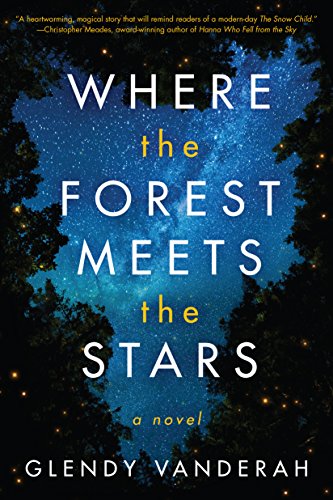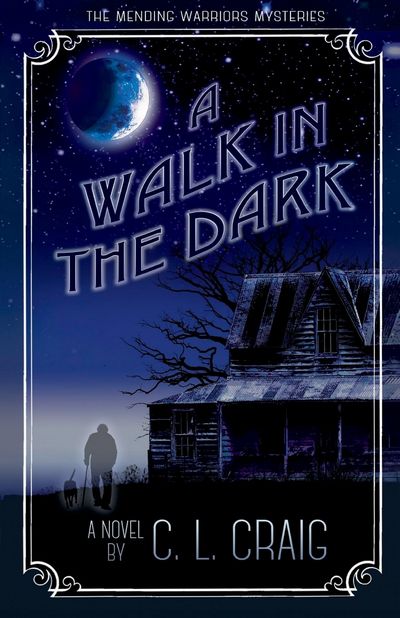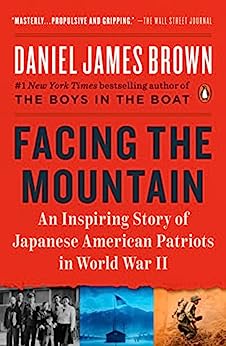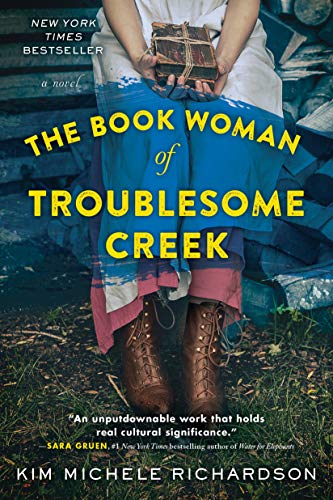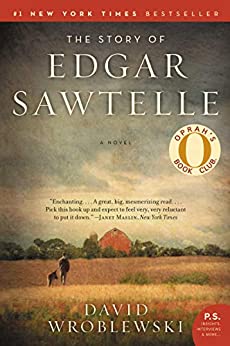Where the Forest Meets the Stars by Glendy Vanderah is a spell-binding contemporary novel about love and trust.
Joanna Teale is a survivor. She’s battled breast cancer, leaving her disfigured and unable to have children, and is still grieving the death of her mother. She turns her energy and dedication to her graduate research on nesting birds in rural Illinois, renting a cabin for the summer that’s close to her work.
While conducting research—monitoring nests, finding new nests, and downloading data from nest cameras—a little girl appears from the forest. The girl, about eight years old, is dirty, barefoot and covered in bruises. She calls herself Ursa and claims to have come from the stars to witness five miracles. She’s a bright girl, full of facts about the stars and constellations. Joanna is worried about the little girl, and about how concerned her parents must be. But Ursa is adamant: she doesn’t have parents. Joanna calls the sheriff, but just as he arrives, Ursa runs away and cannot be found. After the sheriff leaves, the little girl returns. Worried and frustrated by the situation, Joanna simply cannot turn the child away.
Gabriel Nash lives on a farm next to the property where Joanna is staying. She enlists his help in trying to locate the girl’s parents. The three develop a strong bond, but both Gabe and Joanna realize they’re setting themselves up for trouble with the law for harboring a runaway child without again reporting to the authorities. Gabe has a big heart, but also harbors his own heartache.
Where the Forest Meets the Stars is a lovely story, full of compassion and hope. With a background working as an endangered bird specialist in Illinois, the author speaks with authority about bird habitant. She vividly describes forest scenes and their inhabitants. On the other hand, she shows knowledge about the child welfare protective system and the ramifications of harboring a child illegally. Finally, the author clearly demonstrates a gifted child’s reactions to trauma, and the ability to capture the heart of someone with compassion and the willingness to help.


